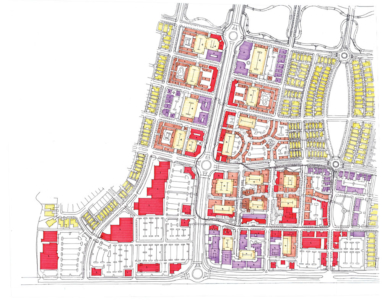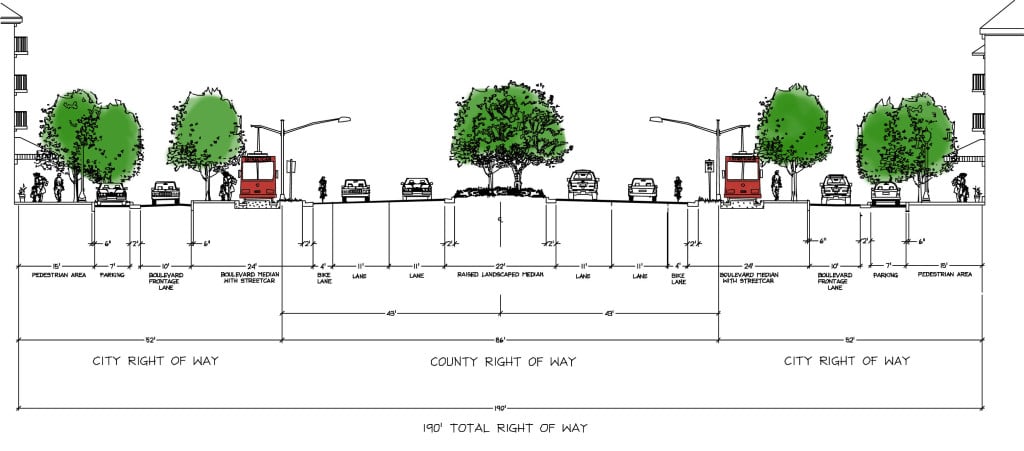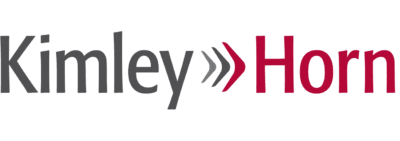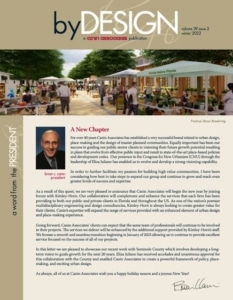Master-Planned Communities in a New Economy

Inarguably, conventional growth patterns coupled with the recent economic rollercoaster have left urban planners scratching their heads. A major question remains: How can we create new, master-planned communities with a robust framework to prepare for an unpredictable housing market in the future? To find the answer, municipalities and developers are looking back at historical growth patterns for inspiration. But instead of only using a New Urbanist design approach, planners are focusing on economic factors more than ever before.
The City of Edgewater, Florida, has taken this new approach to heart. The approval of a form-based code will guide the 20-year build-out of Restoration, the city’s Sustainable Community Development District. As noted in Better Cities & Towns, Restoration is the largest post-recession traditional neighborhood development planned to date. To ensure its success, the 1,315 acre project must balance two factors: economic feasibility and smart design.
To guarantee economic viability, the Restoration code allows a frugal, incremental build-out. The master plan includes a variety of phasing options responsive to market conditions. It begins with single-story commercial buildings and modestly-sized homes, building up to an eight-story town center that will likely be developed in later stages. Furthermore, businesses will have a great deal of flexibility on where they can locate to meet the demand of new residents’ changing numbers and needs.
The hallmark of Restoration’s traditional design will be a transit-ready boulevard designed to accommodate a four-mile streetcar system. Other important factors for creating a livable environment include:
- Providing a range of different environments, from residential districts to mixed-use blocks.
- Building forms, regardless of their uses, must respond to a walkable scale.
- Organizing buildings around an urban grid.
- Placing green spaces in primary locations to create a healthy public realm.
The goal of Restoration’s code is to allow a new, walkable place to evolve authentically, while remaining resilient through changing market conditions. A traditional development will be built to create an active community with the resilience to weather future market fluctuations.



